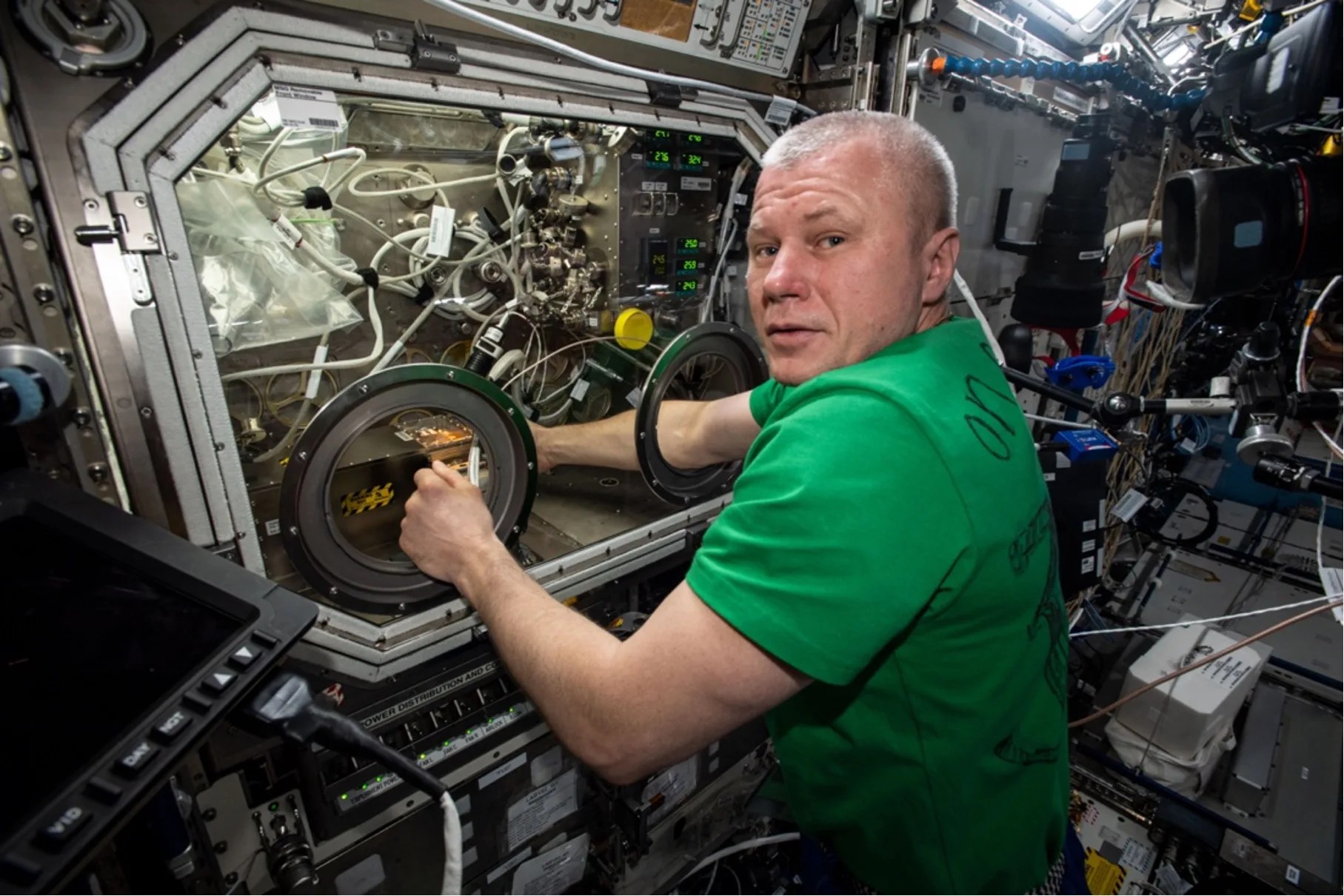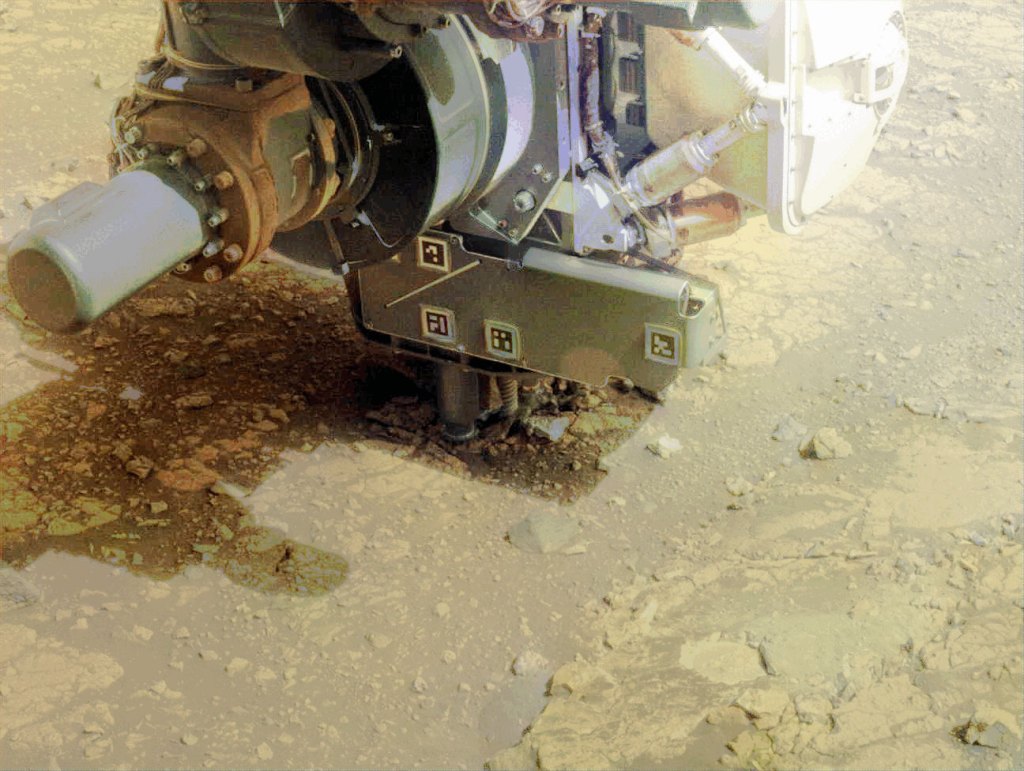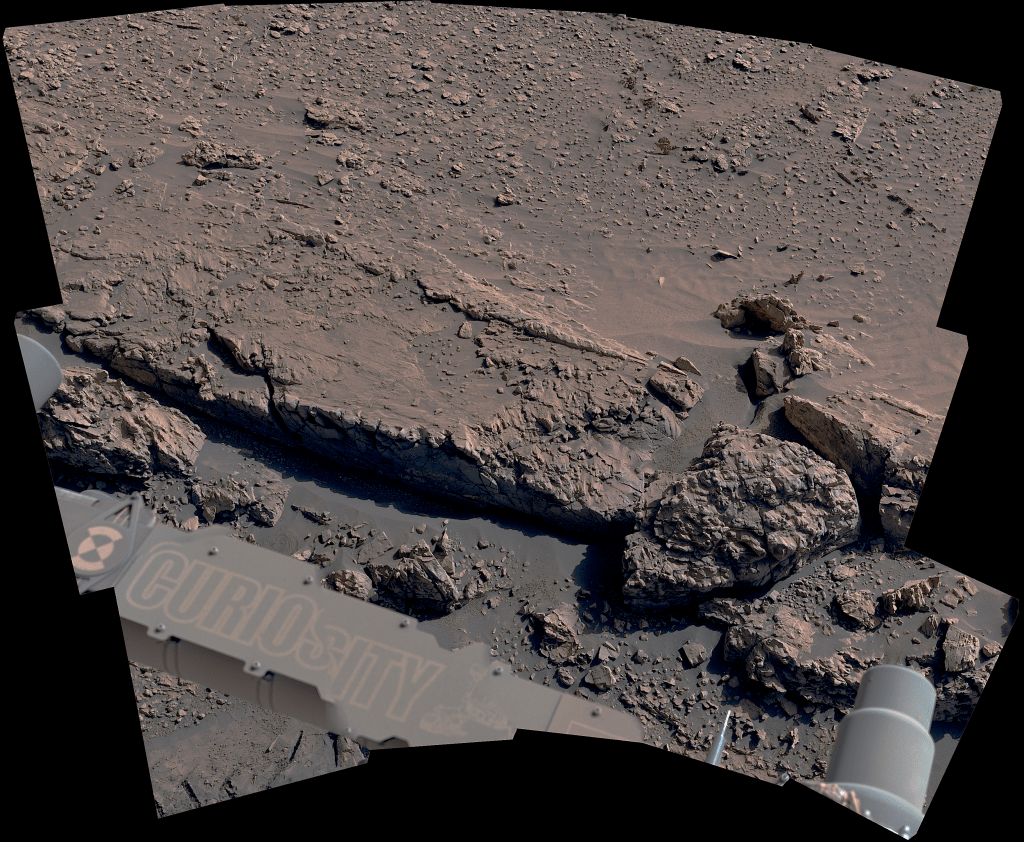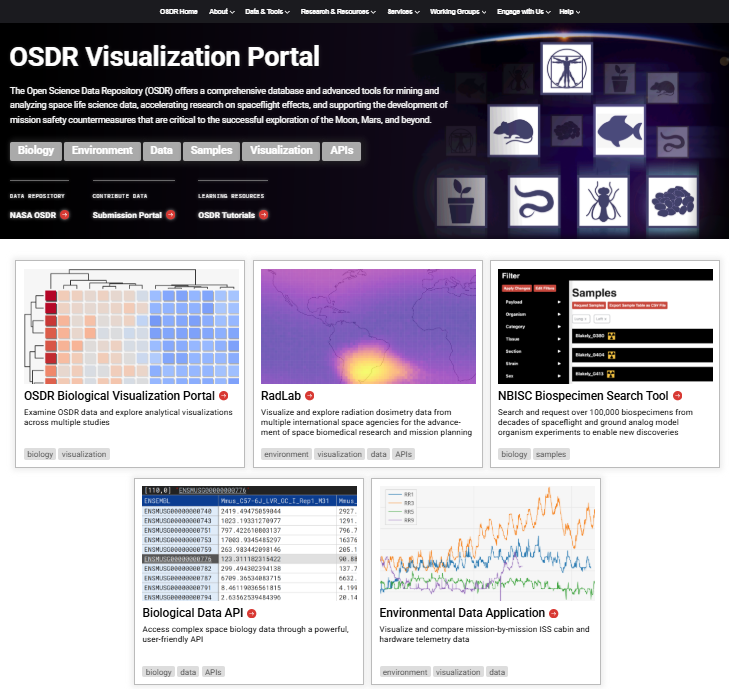Brazing of Aluminum alloys IN Space (BRAINS)
Science Objective
BRazing of Aluminum alloys IN Space (SUBSA-BRAINS) examines differences in capillary flow, interface reactions, and bubble formation during solidification of brazing alloys in microgravity. Brazing technology bonds similar materials (such as an aluminum alloy to aluminum) or dissimilar ones (such as aluminum alloy to ceramics) at temperatures above 450°C. It is a potential tool for construction of human space habitats and manufactured systems as well as repair of damage from micrometeoroids or space debris.
Status
Returning the 2 SUBSA BRAINS ampoules that were processed in November on SpaceX-24.

Experiment Description
Liquid metal formed during a process called brazing is a material system of interest in the BRazing of Aluminum alloys IN Space (SUBSA-BRAINS) investigation. In particular, the investigation studies whether a large mass of this material is present in microgravity. Brazing is a technology of bonding similar (e.g,. an aluminum alloy to aluminum) or dissimilar (e.g., aluminum alloy to ceramics) materials at temperatures above 450°C, facilitated by an inclusion of a molten braze interlayer. Moreover, brazing may be executed as a repair technique by filling clearances/cracks with a liquid braze. Bonding takes place upon liquid phase solidification and subsequent formation of the metallurgical bond at the interface of the joint/repair domain. Hence, a solid state and a capillary flow liquid state of mating surfaces and molten interlayer metal, respectively, have dominant roles in executing the physical phenomena involved in an efficient manner.
Space Applications
Brazing could serve as a method for construction of vehicles, habitats, and other systems needed on future space missions, as well as for repairing these systems when damaged by micrometeoroids or space debris.
Earth Applications
Advanced brazing and joining technologies could contribute to the construction and repair of structures on Earth.



























